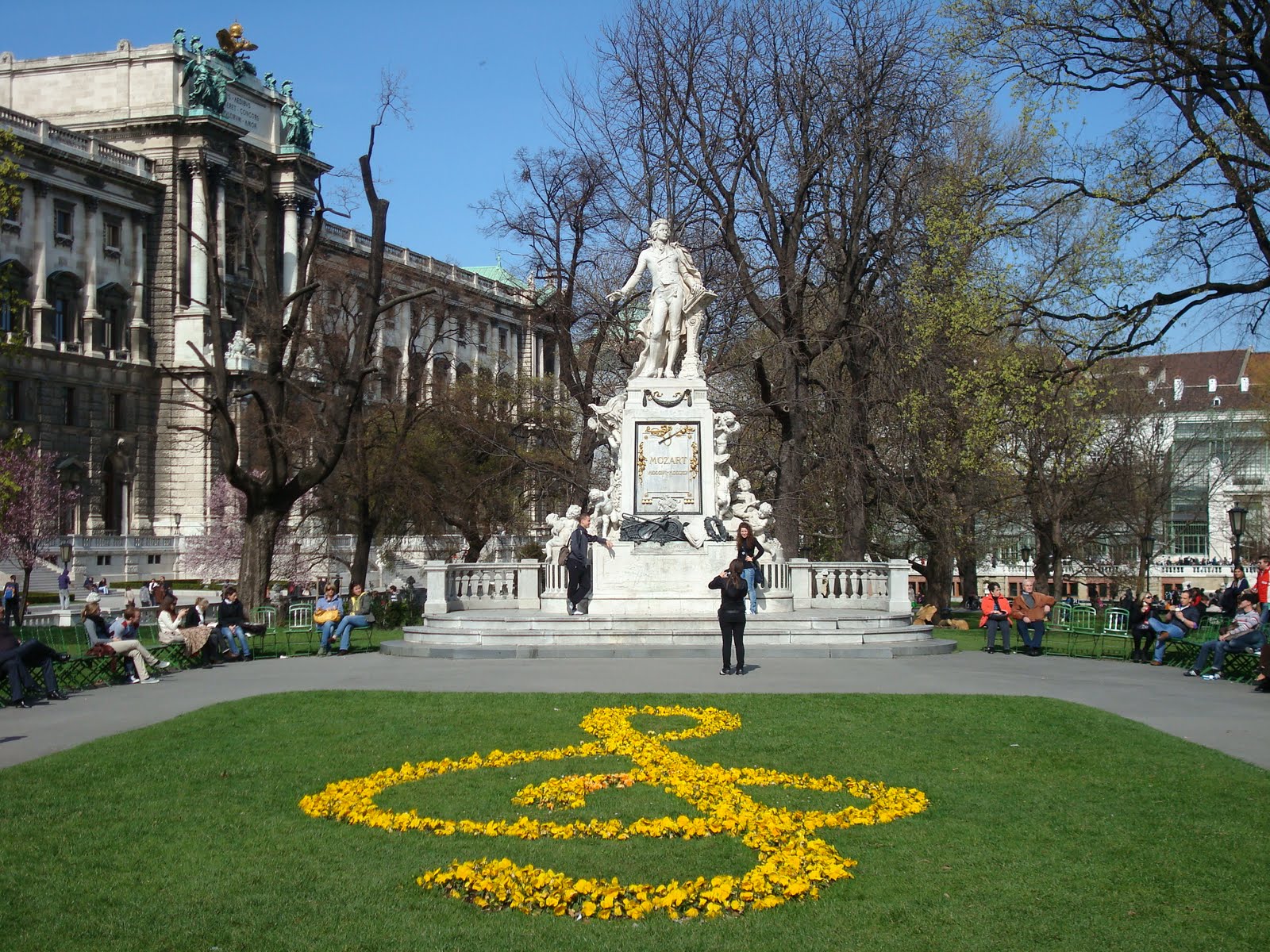

Wolfgang Amadeus Mozart (1756-1791) | ||
| At the early age of 4 years Wolfgang Amadeus Mozart started to receive his musical education and was taught by his father. At the age of 5 he was presented as a child prodigy and performed his first musical tour throughout Europe. Mozart's career was closely linked to the city of Vienna. Aged 6, Mozart performed for the Austrian royals at the Hall of Mirrors at Schloss Schönnbrunn and enchanted Empress Maria Theresia and the rest of the imperial family with his talent and his liveliness. On this European tour it became clear that Mozart was not only an excellent performer, but was also interested in composing music himself. In 1765, his first Sonatas were published in Paris. Mozart moved to Vienna in 1781 aged 25. In the House of the Teutonic Order (Deutschordenshaus; 1010, Singerstraße 7) Mozart fell out with his employer, the Archbishop of Salzburg. As a result Mozart resigned his secure source of employment in his native Salzburg and opted for a freelance career in Vienna. Mozart's first months in Vienna were spent in a small pension in the direct vicinity of St. Peter's Church, a beautiful baroque church in the first district. There, he fell in love with Konstanze Weber, daughter of the proprietor. The success of his opera "The Abduction from the Seraglio" (Die Entführung aus dem Serail) enabled him to marry his lady - at St. Stephen's Cathedral. 2 years later, Mozart and his family moved to the "Mozarthaus" (1010, Domgasse 5) into a spacious apartment. Mozart was respected and successful as a musician and happy in his marriage. His years at the 'Mozarthaus' would be the most productive period in his working and composing life. He composed piano concerti, chamber music works and the very famous opera "The Marriage of Figaro" (Die Hochzeit des Figaro). Today, the Mozarthaus is a museum dedicated to the composer's life. A year before his death, Mozart and his family moved into another first district apartment. In spite of his success the family was heavily in debt and Mozart worked frantically in order to earn more money to support them all. "The Magic Flute", probably Mozart’s most popular opera with its bewitching fairy tale elements, its gripping plot and its unforgettable tunes, was composed there. Complex, yet easily accessible the Magic Flute is the obvious choice for opera aficionados and novices alike. While you’re in Vienna, make sure to visit Moritz von Schwind’s precious Magic Flute cycle in the loggia of Vienna's State Opera. was composed in this time Also composed in this time was the famously unfinished Requiem, incomplete because Mozart suddenly took ill and died on the 5th December 1791. His remains received the last blessings in the 'Kruzifixkapelle' in St. Stephen's Cathedral. Parts of the Requiem were performed for the first time during the wake at the Michaelerkirche. Then, Mozart was buried at St. Marx Cemetery. 60 years after his death a monument was errected at the grave yard to commemorate this great musician, 100 years after his death this memorial was moved to the graves of honor (group 32 a, no. 55). The first district's Burggarten features a very impressive Mozart memorial! | ||
No comments:
Post a Comment